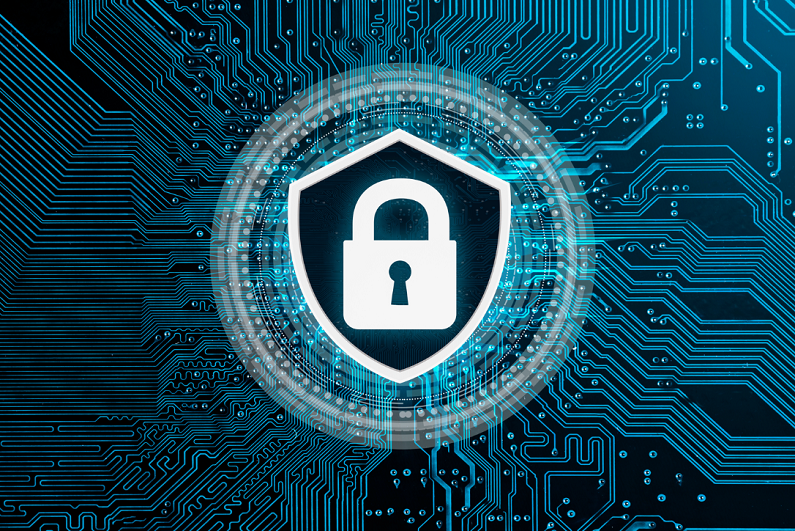Steps of WordPress security

-
Keep WordPress Updated: Regularly update your WordPress core, themes, and plugins to patch security vulnerabilities.
-
Use Strong Passwords: Use complex passwords for your WordPress admin, database, and hosting accounts. Avoid using default usernames like "admin."
-
Install a Security Plugin: Utilize a reputable security plugin like Wordfence, Sucuri, or iThemes Security to enhance your site's protection.
-
Set Correct File Permissions: Configure file and directory permissions appropriately. Limit file permissions to the minimum necessary for functionality.
-
Enable Two-Factor Authentication (2FA): Implement 2FA for an additional layer of security, requiring users to provide a second form of verification.
-
Regular Backups: Perform regular backups of your website. In case of a security incident, you can quickly restore your site to a previous state.
-
Limit Login Attempts: Use a plugin to limit the number of login attempts to prevent brute force attacks.
-
Secure the wp-config.php File: Protect your wp-config.php file by moving it to a higher-level directory and restricting access. This file contains sensitive information.
-
Disable Directory Listing: Disable directory listing to prevent attackers from viewing the contents of your directories.
-
Monitor and Audit Logs: Regularly review and monitor your website logs for suspicious activities. Set up alerts for login attempts, file changes, and other security-related events.
- Change the wp-admin url
- Web Development
- Art
- Causes
- Crafts
- Dance
- Drinks
- Film
- Fitness
- Food
- Jeux
- Gardening
- Health
- Domicile
- Literature
- Music
- Networking
- Autre
- Party
- Religion
- Shopping
- Sports
- Theater
- Wellness




